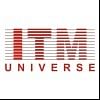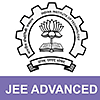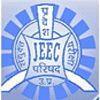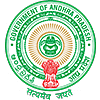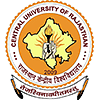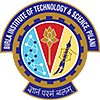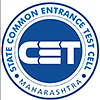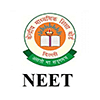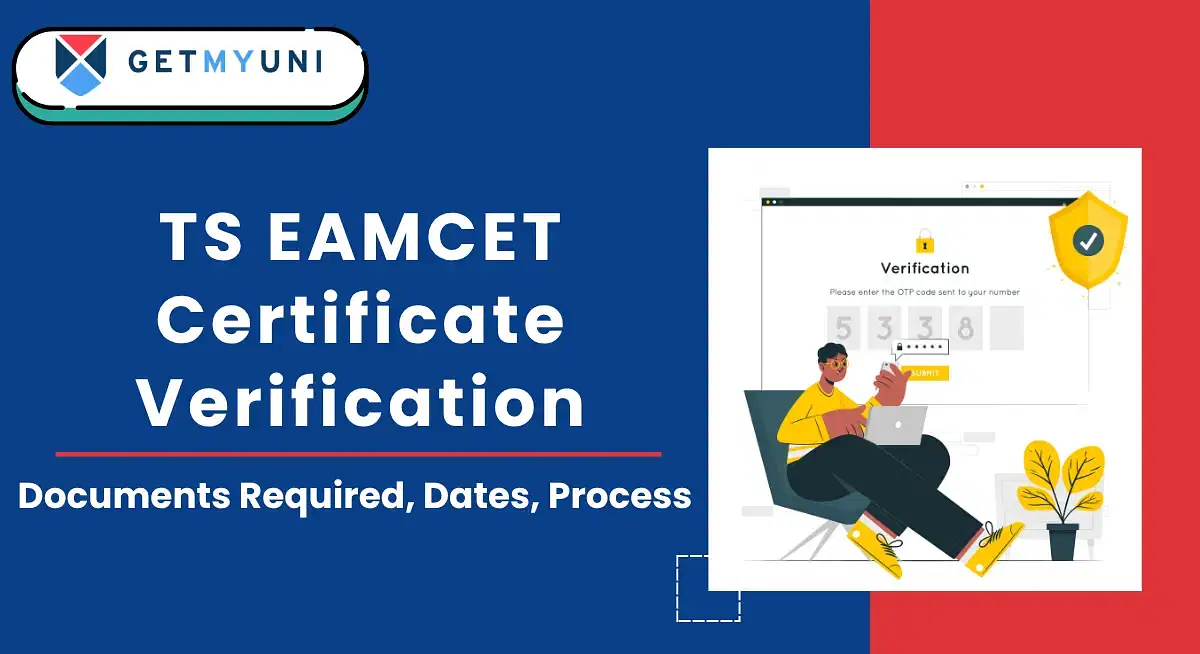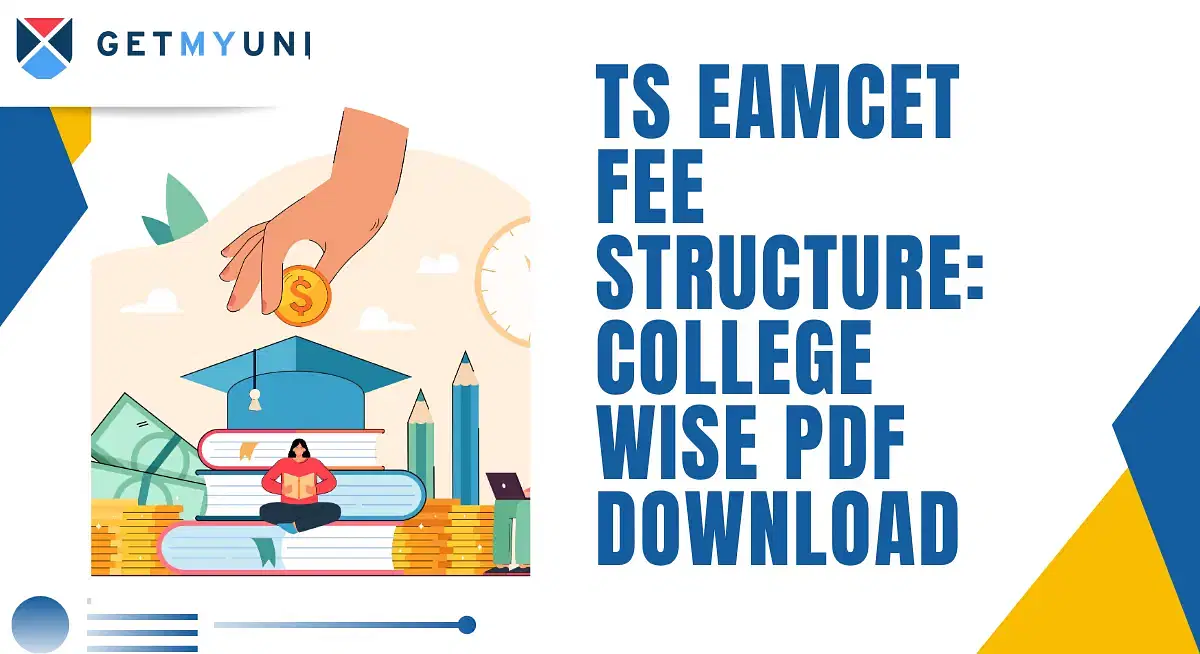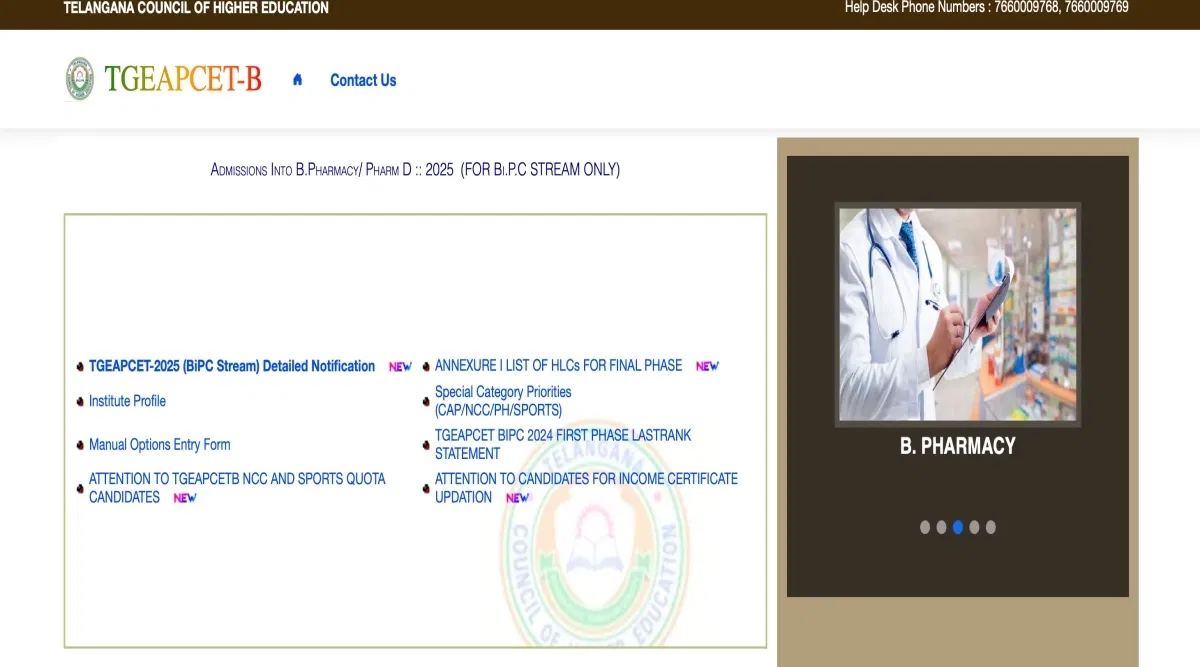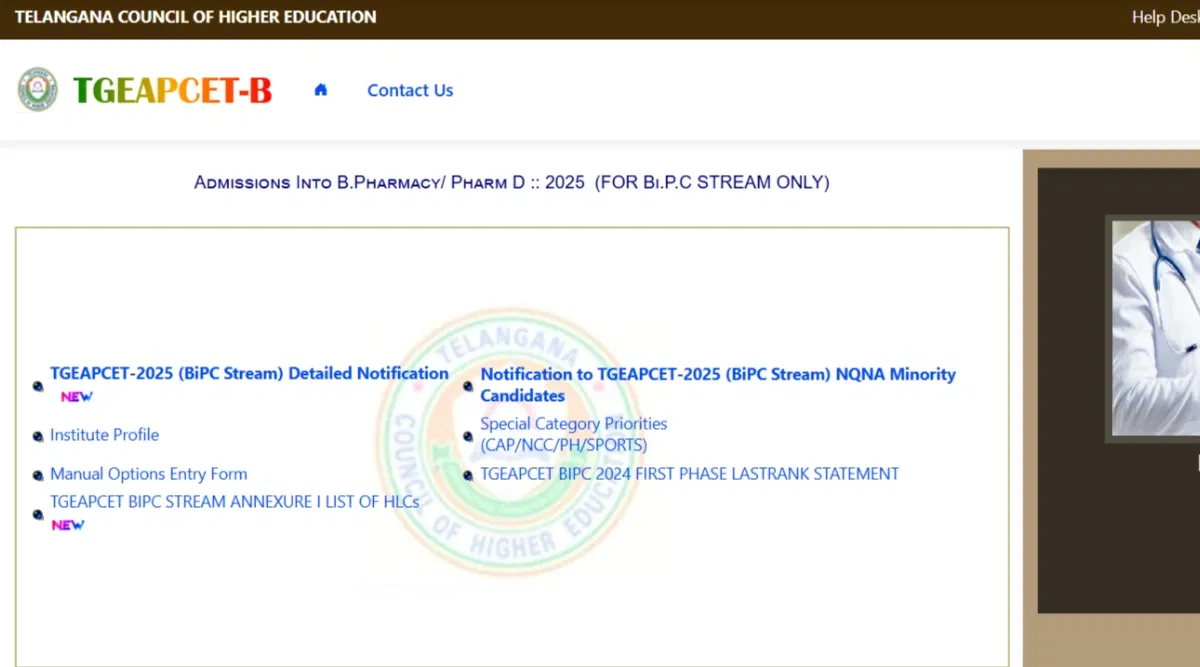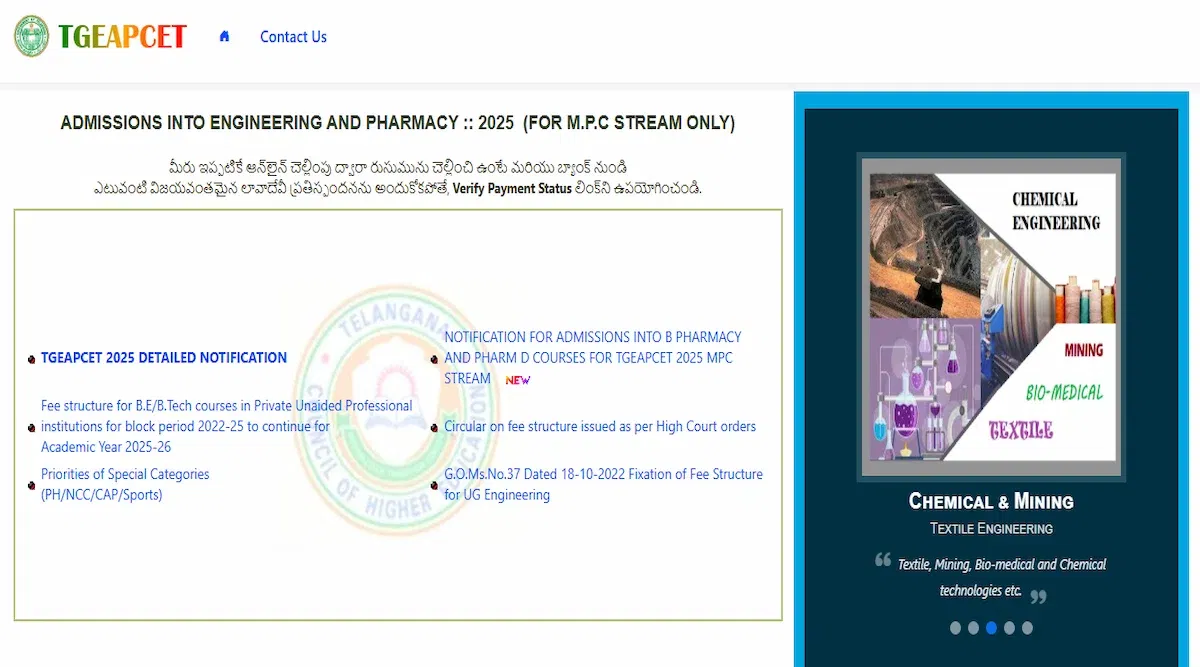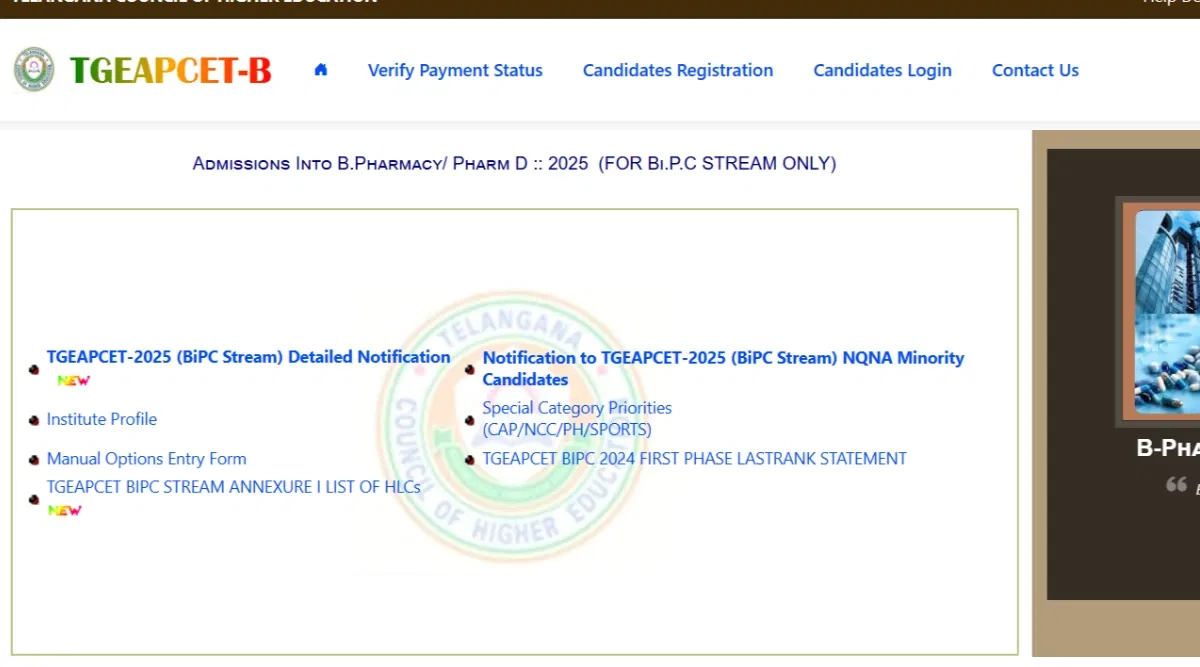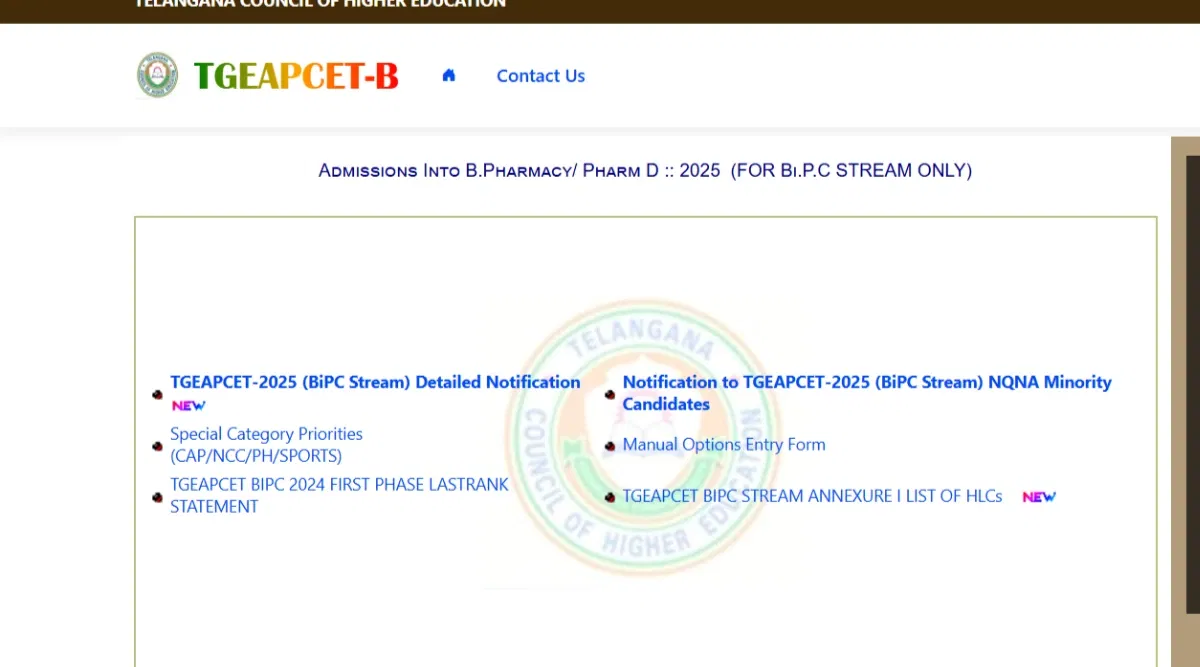
Table of Contents
TS EAMCET Physics Syllabus 2025 includes crucial topics such as Atoms, Waves, Kinetic Theory, Electromagnetic Induction, Nuclei, etc. Students can review the full TS EAMCET syllabus 2025 for Physics on the official TS EAPCET (EAMCET) website. This page includes weightage and essential topics for review.
Students must adhere to the Physics TS EAMCET weightage 2025 for high scores in the exam. Focusing on high-weightage topics will ensure successful results in the TS EAPCET (EAMCET) 2025.
TS EAPCET (EAMCET) Physics Syllabus 2025
Students can download the official TS EAMCET Physics Syllabus 2025 from the website. Students must download the PDF and prepare well for their upcoming session. Applicants can expect the difficulty level for the TS EAPCET (EAMCET) syllabus Physics 2025 to be moderate-difficult.
Candidates must also review the mock tests and previous year's question papers to prepare the syllabus.
TS EAMCET 2025 Physics Syllabus PDF
Students can directly download the official TS EAPCET (EAMCET) Physics syllabus PDF from the official website. The same has been highlighted in the table below for review. The TS EAMCET Physics syllabus PDF download can be accessed below:
| Particulars | Link |
| TS EAPCET (EAMCET) Physics Syllabus PDF | Download Now |
Also Read: How To Get 100 Marks In TS EAMCET?
Chapter Wise Topics in TS EAMCET 2025 Physics Syllabus
The important topics for the TS EAPCET (EAMCET) Physics syllabus 2025 have been listed below for reference. Any changes in the official syllabus will be notified on this page.
| Topics | Sub Topics |
| Physical World | What is physics? Fundamental Forces in Nature. |
| Units and Measurements | Introduction, the International System of Units, Measurement of Length, Measurement of Large Distances, Estimation of Very Small Distances: Size of a Molecule, Range of Lengths, Measurement of Mass, Range Of Masses, Measurement of Time, Accuracy, Precision of Instruments and Errors In Measurement, Systematic Errors, Random Errors, Least Count Error, Absolute Error, Relative Error and Percentage Error, Combination of Errors, Significant Figures, Rules For Arithmetic Operations With Significant Figures, Rounding off the Uncertain Digits, Rules for Determining the Uncertainty in the Results of Arithmetic Calculations, Dimensions of Physical Quantities, Dimensional Formulae and Dimensional Equations, Dimensional Analysis and Its Applications, Checking the Dimensional Consistency Of Equations, Deducing Relation Among the Physical Quantities. |
| Motion in a Straight Line | Introduction, Position, Path Length And Displacement, Average Velocity and Average Speed, Instantaneous Velocity and Speed, Acceleration. Kinematic Equations for Uniformly Accelerated Motion, Relative Velocity. |
| Motion in a Plane | Introduction, Scalars and Vectors, Position and Displacement Vectors, Equality of Vectors, Multiplication of Vectors by Real Numbers, Addition And Subtraction of Vectors - Graphical Method, Resolution of Vectors, Vector Addition - Analytical Method, Motion in a Plane, Position Vector and Displacement, Velocity, Acceleration, Motion in a Plane With Constant Acceleration, Relative Velocity in Two Dimensions. Projectile Motion, Equation of Path of a Projectile, Time of Maximum Height, Maximum Height of a Projectile, Horizontal Range of Projectile, Uniform Circular Motion Introduction, Scalars and Vectors, Position and Displacement Vectors, Equality of Vectors, Multiplication of Vectors by Real Numbers, Addition And Subtraction of Vectors - Graphical Method, Resolution of Vectors, Vector Addition - Analytical Method, Motion in a Plane, Position Vector and Displacement, Velocity, Acceleration, Motion in a Plane With Constant Acceleration, Relative Velocity in Two Dimensions. Projectile Motion, Equation of Path of a Projectile, Time of Maximum Height, Maximum Height of a Projectile, Horizontal Range of Projectile, Uniform Circular Motion |
| Laws of Notion | Introduction, Conservation of Momentum, Equilibrium of a Particle, Common forces in Mechanics, Friction, Circular Motion, Motion of a Car on a Level Road, Motion of a Car on a Banked Road, Solving Problems in Mechanics. |
| Work, Energy and Power | Introduction, the Scalar Product, Notions of Work And Kinetic Energy : The Work-Energy Theorem, Work, Kinetic Energy, Work Done by A Variable Force, the Work-Energy Theorem for a Variable Force, the Concept of Potential Energy, the Conservation of Mechanical Energy, the Potential Energy of a Spring, Various Forms of Energy: The Law of Conservation of Energy, Heat, Chemical Energy, Electrical Energy, the Equivalence of Mass and Energy, Nuclear Energy. The Principle Of Conservation of Energy, Power, Collisions, Elastic and Inelastic Collisions, Collisions In One Dimension, Coefficient of Restitution and Its Determination, Collisions in Two Dimensions. |
| Systems of Particles and Rotational Motion | Introduction, What Kind of Motion Can a Rigid Body Have?, Centre of Mass, Centre of Gravity, Motion of Centre of Mass, Linear Momentum of a System of Particles, Vector Product of Two Vectors, Angular Velocity and Its Relation With Linear Velocity, Angular Acceleration, Kinematics Of Rotational Motion About a Fixed Axis, Torque and Angular Momentum, Moment of Force (Torque), Angular Momentum of Particle, Torque and Angular Momentum for a System Of A Particles, Conservation of Angular Momentum, Equilibrium of a Rigid Body, Principle Of Moments, Moment of Inertia, Dynamics of Rotational Motion About a Fixed Axis, Angular Momentum in Case of Rotation About a Fixed Axis, Conservation of Angular Momentum, Rolling Motion, Kinetic Energy of Rolling Motion. |
| Mechanical Properties of Solids | Introduction, Elastic Behaviour of Solids, Stress and Strain, Hooke’s Law, Stress-strain Curve, Elastic Moduli, Young’s Modulus, Bulk Modulus. |
| Mechanical Properties of Fluids | Introduction, Pressure, Pascal’s Law, Variation of Pressure With Depth, Atmosphere Pressure and Gauge Pressure, Hydraulic Machines, Streamline Flow, Bernoulli’s Principle, Speed of Efflux: Torricelli’s Law, Venturi-Meter, Blood Flow and Heart Attack, Dynamic Lift. Viscosity, Variation Of Viscosity of Fluids With Temperature, Stokes’ Law, Reynolds Number, Critical Velocity, Surface Tension, Surface Energy, Surface Energy and Surface Tension, Angle Of Contact, Drops and Bubbles, Capillary Rise, Detergents and Surface Tension. |
| Thermal Properties of Matter | Introduction, Temperature and Heat, Measurement of Temperature, Ideal-Gas Equation and Absolute Temperature, Thermal Expansion. Specific Heat Capacity, Calorimetry, Change of State, Regelation, Latent Heat, Black Body Radiation, Greenhouse Effect, Newton’s Law of Cooling. |
| Thermodynamics | Introduction, Thermal Equilibrium, Zeroth Law Of Thermodynamics, Heat, Internal Energy and Work, First Law of Thermodynamics, Specific Heat Capacity. Thermodynamic State Variables and Equation of State, Thermodynamic Process, Quasi-Static Process, Isothermal Process, Adiabatic Process, Isochoric Process, Isobaric Process, Cyclic Process, Second Law of Thermodynamics, Reversible and Irreversible Processes. |
| Kinetic Theory | Introduction, Molecular Nature of Matter, Behavior of Gases, Boyle’s Law, Charles’ Law, Kinetic Theory of an Ideal Gas, Pressure of an Ideal Gas, Kinetic Interpretation of Temperature, Law of Equipartition of Energy, Specific Heat Capacity, Monatomic Gases, Diatomic Gases, Polyatomic Gases, Specific Heat Capacity of Solids, Specific Heat Capacity of Water, Mean Free Path. |
| Waves | Introduction, Transverse and Longitudinal Waves, Displacement Relation In A Progressive Wave, the Speed of a Travelling Wave, the Principle of Superposition Of Waves, Reflection of Waves, Beats, Doppler Effect. |
| Ray Optics and Optical Instruments | Polarization. Reflection of Light By Spherical Mirrors, Refraction, Total Internal Reflection, Refraction at Spherical Surfaces and by Lenses, Refraction Through a Prism, Dispersion by a Prism, Some Natural Phenomena Due to Sunlight, the Rainbow, Scattering of Light, Optical Instruments. |
| Wave Optics | Introduction, Huygens Principle, Refraction and Reflection of Plane Waves Using Huygens Principle, Coherent and Incoherent Addition of Waves, Interference of Light Waves and Young’s Experiment, Diffraction, the Single Slit, Seeing The Single Slit Diffraction Pattern, Resolving Power of Optical Instruments, the Validity Of Ray Optics, Polarization. |
| Electric Charges and Fields | Introduction, Electric Charges, Conductors And Insulators, Charging by Induction, Basic Properties of Electric Charge, Coulomb’s Law, Forces Between Multiple Charges, Electric Field, Electric Field Lines, Electric Flux, Electric Dipole, Dipole in a Uniform External Field, Continuous Charge Distribution, Gauss’s Law, Application of Gauss’s Law, Field Due to an Infinitely Long Straight Uniformly Charged Wire, Field Due to a Uniformly Charged Infinite Plane Sheet, Field Due to a Uniformly Charged Thin Spherical Shell. |
| Electrostatic Potential and Capacitance | Introduction, Electrostatic Potential, Potential Due to a Point Charge, Potential Due to an Electric Dipole, Potential Due to a System of Charges, Equipotential Surfaces, Potential Energy of a System of Charges, Potential Energy in an External Field, Electrostatics of Conductors, Dielectrics and Polarisation, Capacitors and Capacitance, the Parallel Plate Capacitor, Effect of Dielectric on Capacitance, Combination of Capacitors, Energy Stored in a Capacitor, Van de Graaf Generator |
| Current Electricity | Introduction, Electric Current, Electric Currents in Conductors, Ohm’s Law, Drift of Electrons and the Origin of Resistivity, Limitations of Ohm’s Law, Resistivity of Various Materials, Temperature Dependence of Resistivity, Electrical Energy, Power, Combination of Resistors-Series and Parallel, Cells, Emf, Internal Resistance, Cells in Series and in Parallel, Kirchhoff’s Rules, Wheatstone Bridge, Meter Bridge, Potentiometer. |
| Moving Charges and Magnetism | Introduction, Magnetic Force, Motion in a Magnetic Field, Motion in Combined Electric and Magnetic Fields, Magnetic Field Due to a Current Element, Biot-Savart Law, Magnetic Field on the Axis of a Circular Current Loop, Ampere’s Circuital Law, the Solenoid and the Toroid, Force Between Two Parallel Currents, the Ampere, Torque on Current Loop, Magnetic Dipole, the Moving Coil Galvanometer. |
| Magnetism and Matter | Introduction, the Bar Magnet, the Magnetic Field Lines, Bar Magnet as a Equivalent Solenoid, the Dipole in a Uniform Magnetic Field, The Electrostatic Analog, Magnetism and Gauss’s Law, the Earth’s Magnetism, Magnetisation and Magnetic Intensity, Magnetic Properties of Materials, Permanent Magnets and Electromagnets. |
| Electromagnetic Induction | Introduction, The Experiments of Faraday and Henry, Magnetic Flux, Faraday’s Law of Induction, Lenz’s Law and Conservation of Energy, Motional Electromotive Force, Energy Consideration: A Quantitative Study, Eddy Currents, Inductance, AC Generator. |
| Alternating Current | Introduction, AC Voltage Applied to a Resistor, Representation of AC Current and Voltage by Rotating Vectors — Phasors, AC Voltage Applied to an Inductor, AC Voltage Applied to a Capacitor, AC Voltage Applied to a Series LCR Circuit, Power in AC Circuit: The Power Factor, LC Oscillations, Transformers. |
| Electromagnetic Waves | Introduction, Displacement Current, Electromagnetic Waves, Electromagnetic Spectrum. |
| Dual Nature of Radiation and Matter | Introduction, Electron Emission, Photoelectric Effect, Experimental Study of Photoelectric Effect, Photoelectric Effect And Wave Theory of Light, Einstein’s Photoelectric Equation, Energy Quantum Of Radiation, Particle Nature of Light: The Photon, Wave Nature of Matter, Davisson And Germer Experiment. |
| Atoms | Introduction, Alpha-Particle Scattering and Rutherford’s Nuclear Model Of Atom, Atomic Spectra, Bohr Model of the Hydrogen Atom, the Line Spectra of The Hydrogen Atom, de Broglie’s Explanation of Bohr’s Second Postulate of Quantisation. |
| Nuclei | Introduction, Atomic Masses and Composition of Nucleus, Size of the Nucleus, Mass-Energy and Nuclear Binding energy, Nuclear Force, Radioactivity, Nuclear Energy. |
| Semiconductor Electronics: Materials, Devices and Simple Circuits | Introduction, Classification of Materials: Metals, Semiconductors and Insulators, Intrinsic Semiconductor, Extrinsic Semiconductor, P-N Junction, Semiconductor Diode, Application of Junction Diode as a Rectifier, Special Purpose P-N Junction Diodes, Zener Diode, Optoelectronic Junction Devices, Junction Transistor, Transistor Structure and Action, Basic Transistor Circuit Configurations and Transistor Characteristics, Transistor as a Device, Transistor as an Amplifier (Ce Configuration), Feedback Amplifier and Transistor Oscillator Digital Electronics and Logic Gates, Integrated Circuits. |
| Communications Systems | Introduction, Elements of a Communication System, Basic Terminology Used in Electronic Communication Systems, Bandwidth of Signals, Bandwidth of Transmission Medium, Propagation of Electromagnetic Waves, Modulation and its Necessity, Amplitude Modulation, Production of Amplitude Modulated Wave, Detection of Amplitude Modulated Wave. |
| Oscillations | Introduction, Periodic and Oscillatory Motions, Period And Frequency, Displacement, Simple Harmonic Motion (SHM), Simple Harmonic Motion And Uniform Circular Motion, Velocity and Acceleration in Simple Harmonic Motion, Force Law for Simple Harmonic Motion, Energy in Simple Harmonic Motion, Some Systems Executing Simple Harmonic Motion, Oscillations Due to a Spring, the Simple Pendulum, Damped Simple Harmonic Motion, Forced Oscillations and Resonance. |
| Gravitation | Introduction, Universal Law of Gravitation, Acceleration Due to Gravity Below and Above the Surface of Earth, Gravitational Potential Energy, Escape Speed, Earth Satellite, Energy of an Orbiting Satellite, Geostationary and Polar Satellites, Weightlessness. |
| Mechanical Properties of Solids | Introduction, Elastic Behaviour of Solids, Stress and Strain, Hooke’s Law, Stress-Strain Curve, Elastic Moduli, Young’s Modulus, Bulk Modulus |
Practice Previous Year Question Papers:
- TS EAMCET 2024 Question Paper
- TS EAMCET 2023 Question Paper
- TS EAPCET (EAMCET) 2022 Question Paper
- TS EAPCET (EAMCET) 2021 Question Paper
TS EAMCET Physics Chapter Wise Weightage 2025
TS EAPCET (EAMCET) Physics weightage 2025 emphasises the most critical topics in the exam. Students can create their study plans according to the weightage, focusing on high-weightage topics first.
Tabulated below is the weightage of the Physics chapters in TS EAMCET. The higher the weightage, the higher the chances of the topic coming in the exam.
| Physics Syllabus TS EAMCET 2025 | Chapter-wise Weightage |
| Physical World | 1% |
| Units and Measurements | 2% |
| Mechanical Properties of Solids | 2% |
| Kinetic Theory | 2% |
| Magnetism and Matter | 2% |
| Electromagnetic Waves | 2% |
| Atoms | 2% |
| Motion in a Straight Line | 3% |
| Mechanical Properties of Fluids | 3% |
| Thermal Properties of Matter | 3% |
| Waves Optics | 3% |
| Electric Charges and Fields | 3% |
| Electromagnetic Induction | 3% |
| Alternating Current | 3% |
| Dual Nature of Radiation and Matter | 3% |
| Nuclei | 3% |
| Semiconductor Electronics | 3% |
| Communication Systems | 3% |
| Ray Optics and Optical Instruments | 3% |
| Oscillations | 4% |
| Gravitation | 4% |
| Waves | 4% |
| Electrostatic Potential and Capacitance | 4% |
| Current Electricity | 4% |
| Motion in a Plane | 5% |
| Laws of Motion | 5% |
| Moving Charges and Magnetism | 5% |
| Work, Energy and Power | 6% |
| System of Particles and Rotational Motion | 6% |
| Thermodynamics | 9% |
Books for TS EAPCET (EAMCET) Physics Syllabus 2025
Students should utilise different TS EAMCET Books 2025 to study the Physics TS EAPCET (EAMCET) syllabus. Other books should cover the foundational topics and in-depth concepts for all-round preparation.
Students can refer to the following books to start their preparation for the Physics syllabus for the TS EAMCET 2025 Physics syllabus:
- NCERT Class 11 Physics Textbook
- NCERT Class 12 Physics Textbook
- Concepts of Physics Volume 1 by H.C. Verma
- Concepts of Physics Volume 2 by H.C. Verma
- EAMCET Physics by Arihant Publications
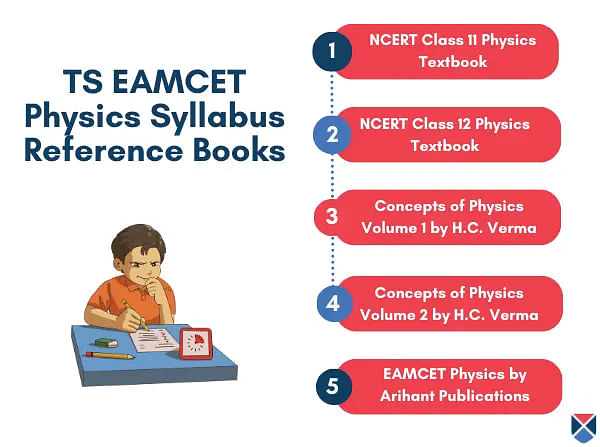
TS EAPCET (EAMCET) Physics Syllabus 2025 Preparation Tips
Students must strategically include different aids and tricks to embed essential topics in the mind. Students can review the tips below for TS EAMCET Preparation 2025 for the Physics 2025 Syllabus.
- Assessing the Physics Syllabus TS EAPCET (EAMCET) will provide insight into which topics must be focused on.
- Students can practice the previous year's question papers to familiarise themselves with the TS EAMCET 2025 Physics syllabus and question pattern.
- Allocating time to important topics through a timetable will ease any confusion and structure the revision.
- Students can watch YouTube video tutorials to understand Physics topics visually.
- Using flashcards and mnemonic devices for terminology and equations can boost the preparation.
- Study materials such as NCERT books, journals, and articles can provide information on the current scenario of the field.
- Solving mock tests will help in speed and accuracy in the exam.
- Maintaining a balance between study and breaks can make or break the preparation. Students must take breaks at regular intervals to keep a rejuvenated mind.

